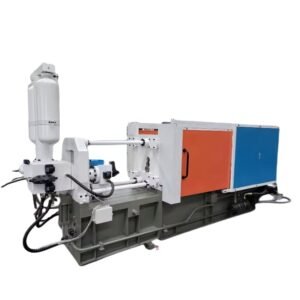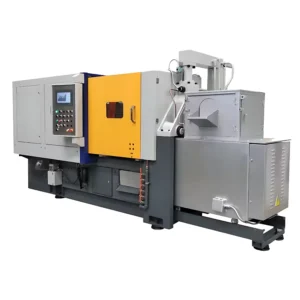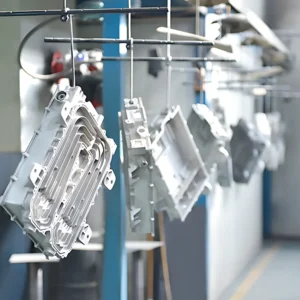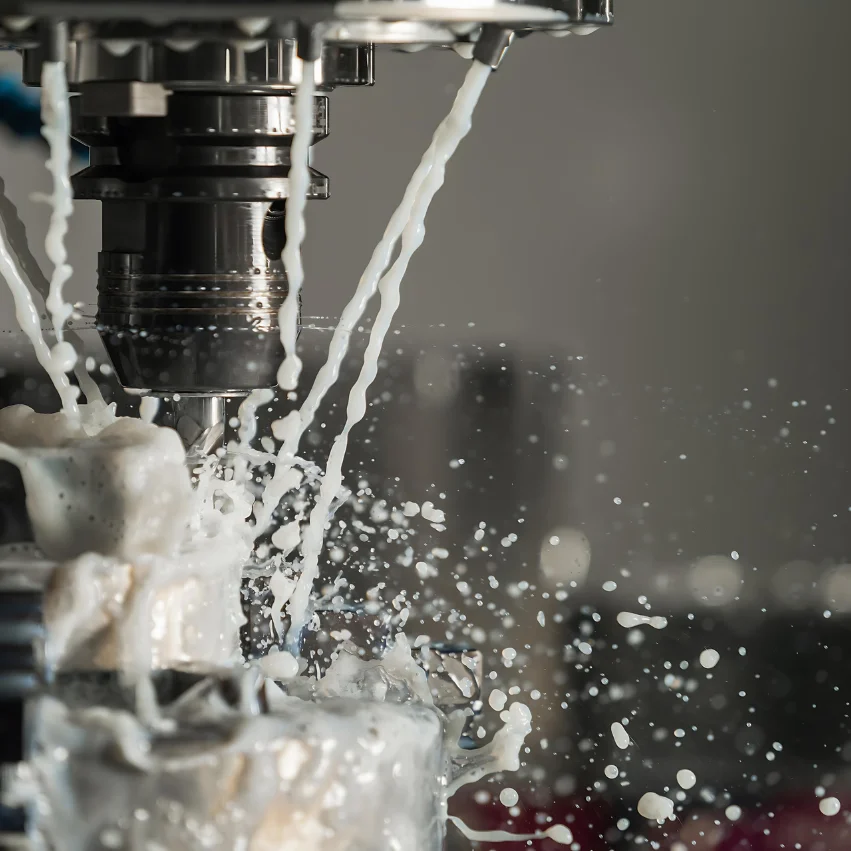CNC machining has revolutionized modern manufacturing. The global CNC machine tool market is expected to reach nearly $129 billion by 2026. You need to understand what CNC turning or CNC milling can and cannot do to make it easier to make a decision.
Choosing the right technology has a big impact on both production quality and cost. Next, we’ll explore the key features of CNC milling and turning and the main benefits of each technology.
Learn About CNC Turning
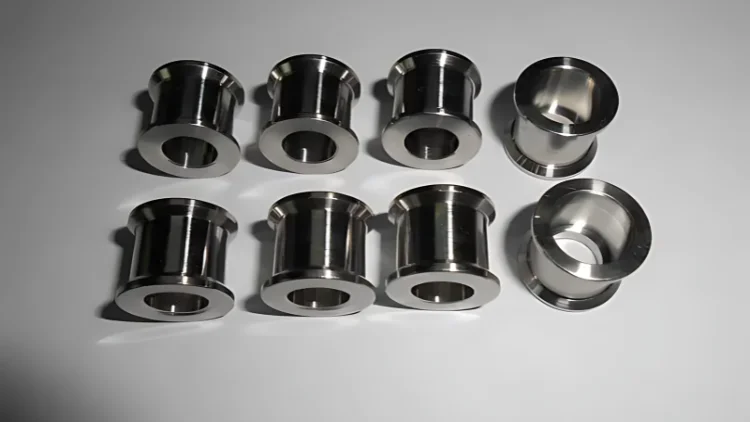
Definition and Process
CNC turning is done by rotating the workpiece while a cutting tool removes excess material. This method is often used for projects that require cylindrical or circular profiles. The process ensures high precision and tight tolerances, making it ideal for parts that require tight dimensional accuracy.
How CNC Turning Works
CNC turning works by holding the workpiece in a chuck and spinning it at high speed. The stationary cutting tool then moves along the axis of rotation to shape the material. This method can create symmetrical objects with smooth surfaces. The programmer can control the speed, feed rate, and depth of cut through computer programming to achieve the symmetrical shape required for the product.
Key Components of CNC Lathes
The efficient operation of a CNC lathe depends on the coordination of its various key components:
- Chuck: The chuck is one of the core components of a lathe. It is used to clamp and rotate the workpiece. It usually consists of multiple jaws that can firmly clamp the workpiece to ensure that the workpiece does not move during the machining process.
- Cutting Tools: Cutting tools are used to remove excess material from the workpiece. Depending on the machining requirements, cutting tools can have different shapes and materials, such as carbide tools or high-speed steel tools.
- Tool holder: The tool holder is used to clamp and fix a variety of cutting tools for different operations. Through the CNC system, the tool holder can automatically change the cutting tool, improving machining efficiency and flexibility.
- Spindle: The spindle provides power for the rotation of the chuck and is an important drive component of the lathe. The speed of the spindle can be adjusted to suit different machining needs and material properties.
- Control panel: The control panel is the human-machine interface of the CNC lathe, allowing programmers to input and adjust machining parameters. Through the control panel, the operator can set parameters such as the rotation speed of the workpiece, feed rate, cutting depth, and monitor the machining process in real time.
Advantages of CNC Turning
CNC turning has unparalleled precision and accuracy when machining cylindrical parts. The process ensures that each part meets precise specifications. This level of precision reduces the need for secondary operations, saving time and resources.
CNC turning excels at producing cylindrical parts quickly and efficiently. The method is highly adaptable to a variety of materials, including metals, plastics, and wood. This adaptability makes it a versatile choice for many manufacturing projects.
Disadvantages of CNC Turning
CNC turning has limitations when it comes to creating complex shapes. It is generally best suited for symmetrical objects. For more complex designs, CNC milling may be a better choice.
While CNC turning is suitable for many materials, it has more limitations than CNC milling. Certain materials, such as glass and ceramics, may not be suitable for turning due to their hardness or brittleness. This limitation can affect the choice of machining method for a particular project.
Learn About CNC Milling
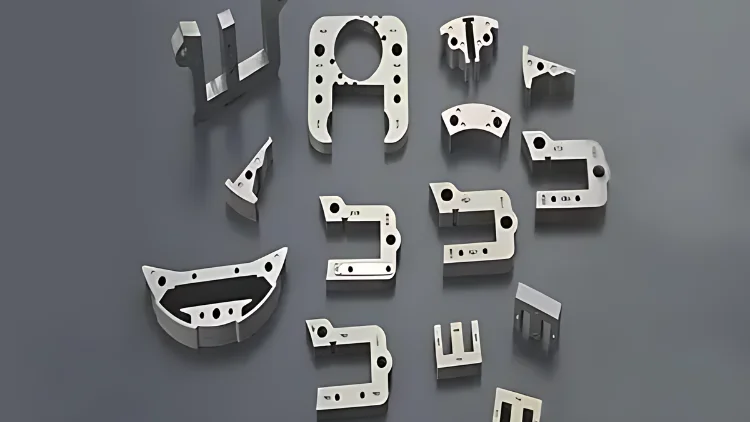
Definition and Process
CNC milling uses a rotating tool to remove material from a workpiece. The process can machine complex shapes and designs. Engineers often use CNC milling for projects with complex geometries and high precision.
How CNC Milling Works
CNC milling works by holding the workpiece on a table. The rotating tool moves along multiple axes to shape the material. Engineers control the machine’s movements through computer programming. This approach ensures consistent and accurate parts. The process can machine a variety of materials, including metals, plastics, and wood.
Key Components of a CNC Milling Machine
Here is a detailed description of these key components:
- Table: The table is used to hold the workpiece and can move along the X and Y axes to position the workpiece in different machining positions. Some high-end CNC machines can add 4-axis and 5-axis tables to tilt or rotate the workpiece for more complex machining operations.
- Spindle: The spindle clamps the tool and rotates at high speed to remove excess material. The spindle of a milling machine can remain stable and accurate at high speeds, reducing vibration and errors. Achieve the best cutting results.
- Control Panel: The control panel is the human-machine interface of the CNC milling machine, allowing engineers to input and adjust machining parameters.
Benefits of CNC Milling
The CNC milling process is capable of machining complex geometries that are difficult to achieve with other methods, making it ideal for custom parts and prototyping.
CNC milling can achieve multi-angle machining of workpieces by adding a four-axis or five-axis module to the machine. This not only reduces secondary clamping and operations, but also saves a lot of time and resources. In addition, by reducing multiple clamping, dimensional errors and tool marks on the surface of the part can be significantly reduced, improving machining accuracy and surface quality.
Disadvantages of CNC Milling
Compared with other methods, CNC milling requires higher initial setup costs. The machine and components (such as spindle drives and servo motors) are expensive. This investment can be a barrier for small manufacturers. However, the long-term benefits usually outweigh the initial cost.
The complex process of CNC milling and the high demand for precise programming can lead to longer production time. This can be a disadvantage for large-scale production.
Choose the Right Process for Your Needs

Project Requirements
CNC milling excels at handling complex designs. Rotary cutters can shape complex geometries with high precision. This capability makes CNC milling ideal for custom parts and prototypes.
For projects that require cylindrical shapes, CNC turning offers a simpler, more efficient solution. The process ensures high precision and smooth surfaces for symmetrical objects.
Tolerances and Precision
CNC turning offers unmatched precision for cylindrical parts. The method ensures that each component is made to exact specifications. This reduces the need for secondary operations.
CNC milling also offers high precision, especially for complex geometries. The process can achieve tight tolerances, making it suitable for detailed and precise parts.
Production Speed and Efficiency
CNC turning offers exceptional efficiency in mass production. The process can produce large quantities of cylindrical parts quickly. This efficiency reduces production time and costs.
CNC milling can handle mass production of complex parts. This method may take longer.
Budget Constraints
CNC turning involves a lower initial investment. The simpler setup makes it more suitable for smaller manufacturers. The process generates lower operating costs due to fewer adjustments.
CNC milling requires a higher initial investment. The machines and components, such as spindle drives and servo motors, are expensive. However, the versatility and precision of CNC milling often justifies its cost.
learn more:How to Calculate CNC Machining Cost Per Hour?
Conclusion
Choosing the right machining method affects production quality and cost. CNC turning and CNC milling each have their own advantages and are suitable for different machining needs and projects.
Whether you need CNC turning or CNC milling, you can contact us for a quote and provide the best quality parts processing services at the most affordable price. We will respond to your message within 12 hours of your contact.

